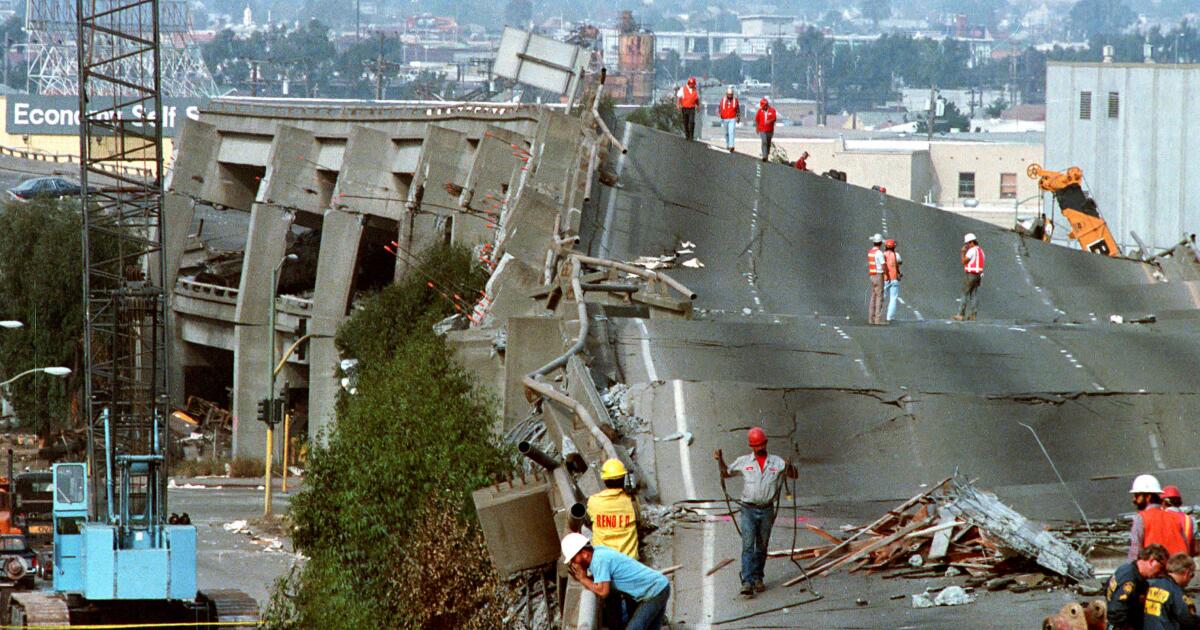
"They are two of the West Coast's most destructive generators of huge earthquakes: the San Andreas fault in California and the Cascadia subduction zone offshore of California's North Coast, Oregon, Washington and British Columbia. The public has often thought of these danger zones as separate entities. But what if they were capable of back-to-back disasters? That's the unsettling possibility described in a groundbreaking new study published recently in the journal Geosphere."
"In 1700, a Cascadia subduction zone earthquake is believed to have measured around a magnitude 9. Based on archaeological evidence, villages sank and had to be abandoned, according to the U.S. Geological Survey. That earthquake was so powerful, entire sections of the Pacific coastline dropped by as much as 5 feet. In the Pacific Northwest, Native American stories told of "how the prairie became ocean" and canoes were flung into trees."
""What that suggests is that the San Andreas earthquake happened very closely in time after the Cascadia earthquake," said Jason R. Patton, engineering geologist with the California Geological Survey and a coauthor of the study. The evidence suggests the San Andreas fault in 1700 ruptured in an earthquake within hours to days of the Cascadia earthquake. "It could have even been minutes, but we can't nail it down," said the study's lead author, Chris Goldfinger, a paleoseismologist with Oregon State University and a professor emeritus of marine geology."
Large earthquakes on the Cascadia subduction zone and the northern San Andreas fault have occurred in rapid succession, producing back-to-back disasters. Geological and archaeological evidence indicates a magnitude ~9 Cascadia megathrust event in 1700 caused coastal subsidence up to five feet, village abandonment, and tsunami effects that flung canoes into trees. A magnitude ~7.9 rupture on the northern San Andreas from Cape Mendocino toward San Francisco likely followed within hours to days. Paleoseismic records indicate similar paired ruptures occurred repeatedly over thousands of years, implying linked stress transfer or triggering between the offshore subduction zone and the strike-slip fault.
Read at Los Angeles Times
Unable to calculate read time
Collection
[
|
...
]